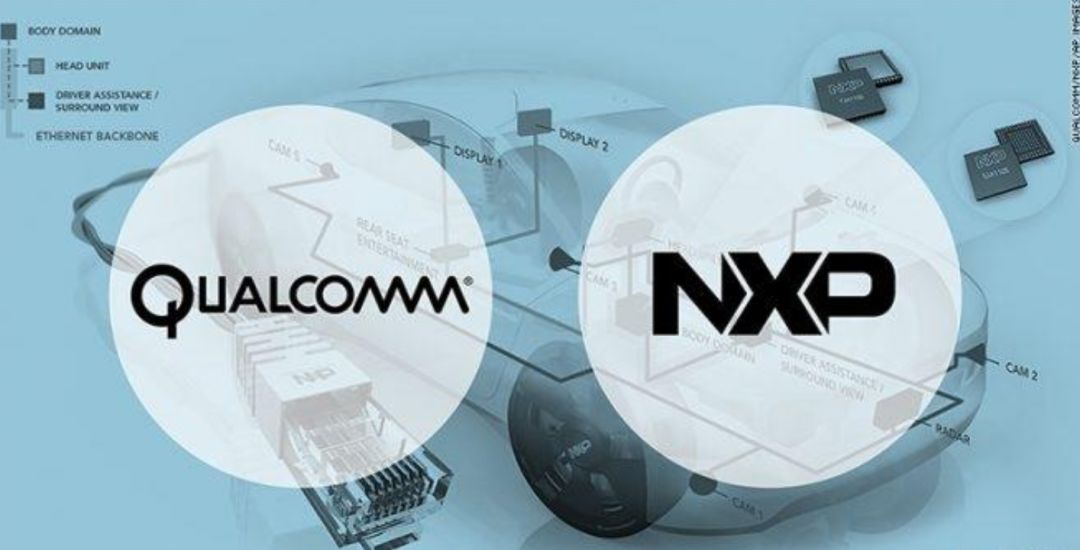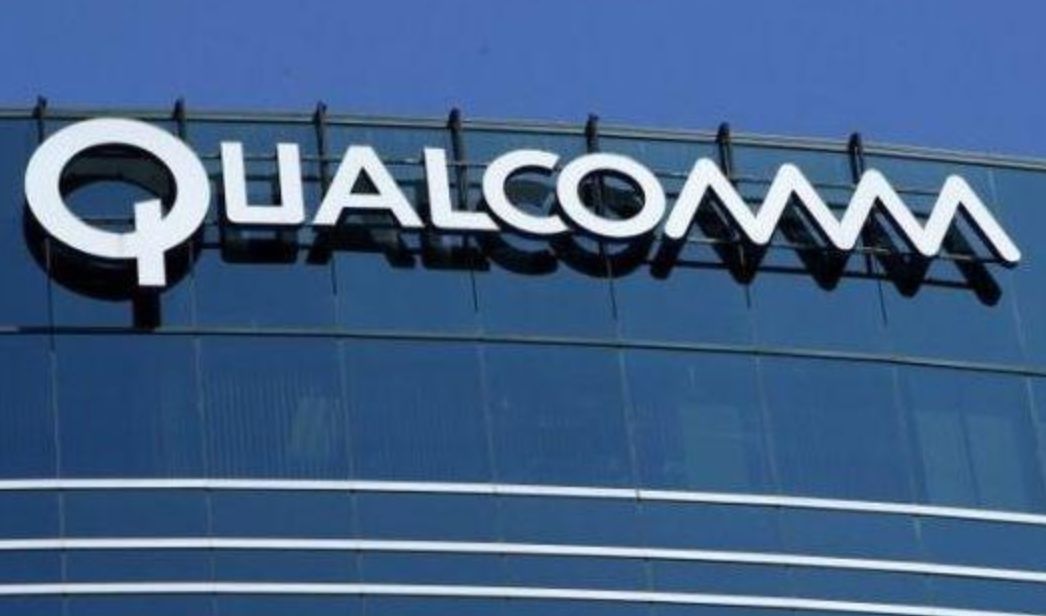
The century-long acquisition deal between Qualcomm and NXP, which could influence the future direction of the technology industry, is set to be revealed around noon Beijing time. The entire process has been quite tumultuous, as Broadcom suddenly attempted to acquire Qualcomm, employing various hostile takeover tactics that forced Qualcomm to raise the previously agreed acquisition price of $38 billion for NXP to $44 billion. Later, Qualcomm sought assistance from the U.S. government, citing concerns over technology leakage, which allowed it to successfully extricate itself from Broadcom’s entanglement.
However, the merger itself has become another major headache for Qualcomm. In addition to the significantly increased acquisition cost, the prolonged delay in approval from Chinese regulatory authorities has hindered its strategic planning for the future.
Given Qualcomm’s influence and its close cooperation with the Chinese telecommunications industry, there have always been differing opinions in the industry regarding whether China should approve Qualcomm’s acquisition.

Those in favor argue that Qualcomm, as one of the main solution providers for China’s mobile industry, has made significant contributions to the advancement of China’s semiconductor technology, and has deep collaborations with Baidu and Alibaba in smart city initiatives, promoting the layout and technology output of smart cities in China. Although there are domestic companies like Spreadtrum, Huawei, and Xiaomi developing their own chips, these companies either lag significantly behind market demands in terms of technology or do not intend to share their R&D results with peers, which is a key factor that allows Qualcomm and MediaTek to maintain a crucial market position.
However, opponents argue that Qualcomm’s merger with NXP could directly threaten several major autonomous driving solutions and core technologies for electronic transactions in China, as NXP possesses a comprehensive range of digital and analog signal solutions. Coupled with Qualcomm’s advantages in RF technology, this could create a monster company with a market value second only to Intel, potentially monopolizing various semiconductor application fields and posing a direct threat to China’s current semiconductor solutions.
In addition to industrial considerations, the recent heated U.S.-China trade issues are likely another major reason why regulatory authorities are stalling this merger. However, the deadline for Qualcomm and NXP’s merger is approaching, and even if it falls through, Qualcomm has prepared alternative plans, as approval could be more beneficial for Qualcomm’s various technological and market collaborations in China.
For Qualcomm, NXP is key to its future expansion into broader applications. Qualcomm and NXP have different customer bases and product areas, with minimal overlap and strong complementarity. Qualcomm focuses on mobile and computing fields, while NXP specializes in automotive, IoT, network integration, and security systems. After acquiring NXP, Qualcomm will not only inherit its significant position in automotive chips and Near Field Communication (NFC) technology but will also control the modem, NFC, and WiFi baseband chip markets through the world’s most extensive sales channels. Additionally, since NXP holds a significant share in traditional financial IC chips and mobile payment chip markets, Qualcomm’s acquisition of NXP could potentially grant it control over global financial data security operations.

On the other hand, the merger between Qualcomm and NXP will enhance Qualcomm’s already leading position in mobile communications and networking equipment, increasing its strong market influence in automotive and IoT applications. Although the combination primarily expands business areas rather than increasing market share, Qualcomm has historically faced scrutiny over antitrust issues and has been criticized globally, almost becoming a pariah. To ensure the acquisition of NXP passes regulatory review, Qualcomm even agreed to the EU’s demands, relinquishing NXP’s essential patents related to NFC standards and agreeing to grant non-essential patents to competitors for free.
Although the final outcome is still uncertain, Qualcomm has established two basic directions, with different strategies for success and failure, leading to varying market impacts.
Success
If China approves this merger at the last moment, Qualcomm will not only maintain its existing 5G technology advantages but also connect to a broader application space through NXP, including automotive and IoT fields. For Qualcomm, this could lead to a significant increase in earnings per share and revenue contributions, providing immediate and substantial assistance in advancing Qualcomm’s future market layout. To ensure its position in the Chinese market, Qualcomm would also be more willing to expand its industrial collaborations, similar to becoming the first major customer for SMIC’s 28nm process or assisting China in developing 5G infrastructure and ecosystems that can connect with international markets.
Breakthrough
Qualcomm’s past efforts to persuade the Chinese government have not been successful. Although it is regrettable, CEO Steve Mollenkopf recently mentioned in an interview with The New York Times that the company has a plan: on one hand, it will directly pay NXP a breakup fee of $2 billion on the 26th local time in the U.S., and prepare $25-30 billion for stock buybacks to improve earnings per share performance and boost investor confidence.
On the other hand, Qualcomm will continue to deepen cooperation with other partners, hoping to achieve effects that could substitute for the acquisition of NXP, such as collaborating with Google and other automakers in autonomous driving, and promoting smart home solutions with Microsoft, Amazon, and others. The collaboration with Baidu and Alibaba on smart cities will also continue and advance into the 5G era. Although this may take a longer route and cannot fully replace NXP’s value, it can still ensure Qualcomm’s continued growth in the future.
-End-
